Ditapis dengan
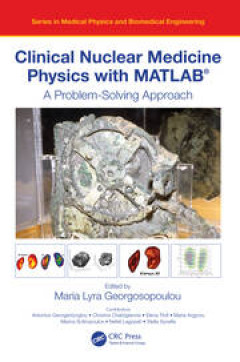
Clinical Nuclear Medicine Physics with MATLAB® 1st Edition
The use of MATLAB® in clinical Medical Physics is continuously increasing, thanks to new technologies and developments in the field. However, there is a lack of practical guidance for students, researchers, and medical professionals on how to incorporate it into their work. Focusing on the areas of diagnostic Nuclear Medicine and Radiation Oncology Imaging, this book provides a comprehensiv…
- Edisi
- 1
- ISBN/ISSN
- 9781003163183
- Deskripsi Fisik
- 359p. : illus. ; 24 cm
- Judul Seri
- -
- No. Panggil
- 610.153
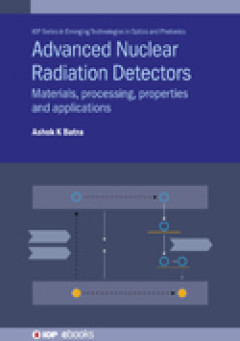
Advanced Nuclear Radiation Detectors Materials, processing, properties and ap…
This book is a comprehensive guide to the current state-of-the-art science and technology involved in the analysis and development of gamma-ray nuclear materials for commercial, medical, industrial, military and space applications. It reviews the current and upcoming materials and material-based technologies for gamma-ray detectors, as well as their growth process in various forms, such as sing…
- Edisi
- -
- ISBN/ISSN
- 978-0-7503-2508-0
- Deskripsi Fisik
- 33p. : illus. ; 24 cm
- Judul Seri
- -
- No. Panggil
- 539.77 BAT A
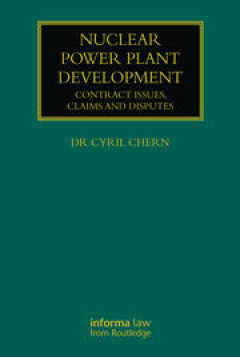
Nuclear Power Plant Development: Contract Issues, Claims and Disputes
Nuclear Power Plant Development covers the intricacies of developing a nuclear power plant project from a construction and legal standpoint. It deals with structuring, drafting, and negotiating a wide range of standard and specialised contracts relating to the development of nuclear power-generation projects and also covers the other forms of power-generating facilities. It covers the forms o…
- Edisi
- -
- ISBN/ISSN
- 978-0-429-27695-8
- Deskripsi Fisik
- 511p. : illus. ; 24 cm
- Judul Seri
- -
- No. Panggil
- 343.0925 CHE N
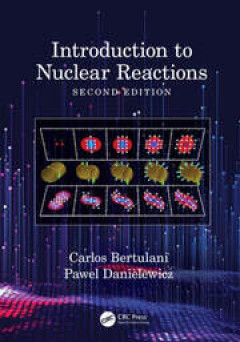
Introduction to Nuclear Reactions (Second Edition)
Until the publication of the first edition of Introduction to Nuclear Reactions in 2004, an introductory reference on nuclear reactions had been unavailable. Now, fully updated throughout, this second edition continues to provide an authoritative overview of nuclear reactions. It discusses the main formalisms, ranging from basic laws to the final formulae used in academic research to calculate …
- Edisi
- 2
- ISBN/ISSN
- 9780429331060
- Deskripsi Fisik
- 408p. : illus. ; 24 cm
- Judul Seri
- -
- No. Panggil
- 539.75 BER I
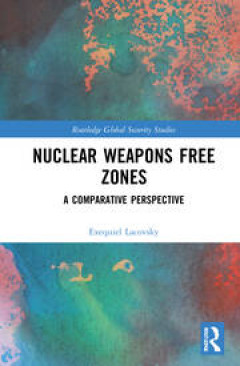
Nuclear Weapons Free Zones A Comparative Perspective
This book explores the conditions under which Nuclear Weapons Free Zones (NWFZs) can be established. It analyzes four hypotheses that explain the factors contributing to the formation of NWFZs, building upon realist, constructivist and liberal theories from international relations. Through structured focused comparison, the book presents and compares the emergence of NWFZs in Latin America, …
- Edisi
- -
- ISBN/ISSN
- 978-1-003-11966-1
- Deskripsi Fisik
- 196p. : illus. ; 24 cm
- Judul Seri
- -
- No. Panggil
- 327. 1747 LAC N

Nuclear Systems Volume I Thermal Hydraulic Fundamentals - Third Edition
Nuclear Systems, Volume I: Thermal Hydraulic Fundamentals, Third Edition, provides an in-depth introduction to nuclear power, focusing on thermal hydraulic design and analysis of the nuclear core and other key nuclear plant components. The authors stress the integration of fluid flow and heat transfer as applied to all power reactor types and energy source distribution. They cover nuclear react…
- Edisi
- 3
- ISBN/ISSN
- 9781351030502
- Deskripsi Fisik
- 887p. : illus. ; 24 cm
- Judul Seri
- -
- No. Panggil
- 621.483 TOD N

The Politics of Nuclear Disarmament: Obstacles to and Opportunities for Elimi…
This book explores what political conditions must be established and what obstacles overcome for the fi ve offi cial Nuclear Weapon States (NWS)— China, France, Russia, the UK and US— to eliminate their nuclear weapons. The different views and positions of a range of actors concerning nuclear weapons issues— including elite perspectives and public opinion— and the political assumptio…
- Edisi
- -
- ISBN/ISSN
- 978-1-00-304469-7
- Deskripsi Fisik
- 222p. : illus. ; 24 cm
- Judul Seri
- -
- No. Panggil
- 327.174 STR T
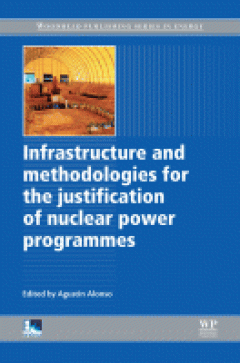
Infrastructure and Methodologies for the Justification of Nuclear Power Progr…
The potential development of any nuclear power programme should include a rigorous justification process reviewing the substantial regulatory, economic and technical information necessary for implementation, given the long term commitments involved in any new nuclear power project. Infrastructure and methodologies for the justification of nuclear power programmes reviews the fundamental issues …
- Edisi
- -
- ISBN/ISSN
- 9781845699734
- Deskripsi Fisik
- xxvi, 996p.:illus,23cm
- Judul Seri
- -
- No. Panggil
- 621.483 ALO I
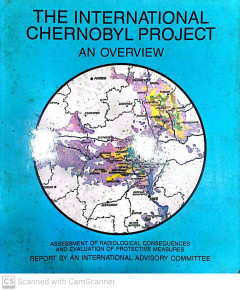
The International Chernobyl Project An Overvew: Assessement of Radiological C…
- Edisi
- -
- ISBN/ISSN
- 9201290918
- Deskripsi Fisik
- 57p.;illus,21cm
- Judul Seri
- -
- No. Panggil
- 615.8 IAEA T
- Edisi
- -
- ISBN/ISSN
- 9201290918
- Deskripsi Fisik
- 57p.;illus,21cm
- Judul Seri
- -
- No. Panggil
- 615.8 IAEA T
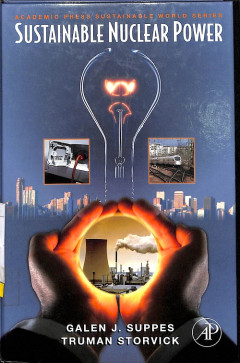
Sustainable Nuclear Power
This book consist of Introduction; The history of energy; Energy reserves and renewable energy sources; Emerging fuel technologies and policies impacting these technologies; History of conversion of thermal energy to work; Transportation; Production o electricity; Energy in heating, Ventilation, and air conditioning; Electrical power as sustainable energy; Atomic processes; Recycling and waste …
- Edisi
- -
- ISBN/ISSN
- 9780123706027
- Deskripsi Fisik
- xix, 393 p. : Illus. ; 23,5 cm
- Judul Seri
- -
- No. Panggil
- 333.7924 SUP s
 Karya Umum
Karya Umum  Filsafat
Filsafat  Agama
Agama  Ilmu-ilmu Sosial
Ilmu-ilmu Sosial  Bahasa
Bahasa  Ilmu-ilmu Murni
Ilmu-ilmu Murni  Ilmu-ilmu Terapan
Ilmu-ilmu Terapan  Kesenian, Hiburan, dan Olahraga
Kesenian, Hiburan, dan Olahraga  Kesusastraan
Kesusastraan  Geografi dan Sejarah
Geografi dan Sejarah